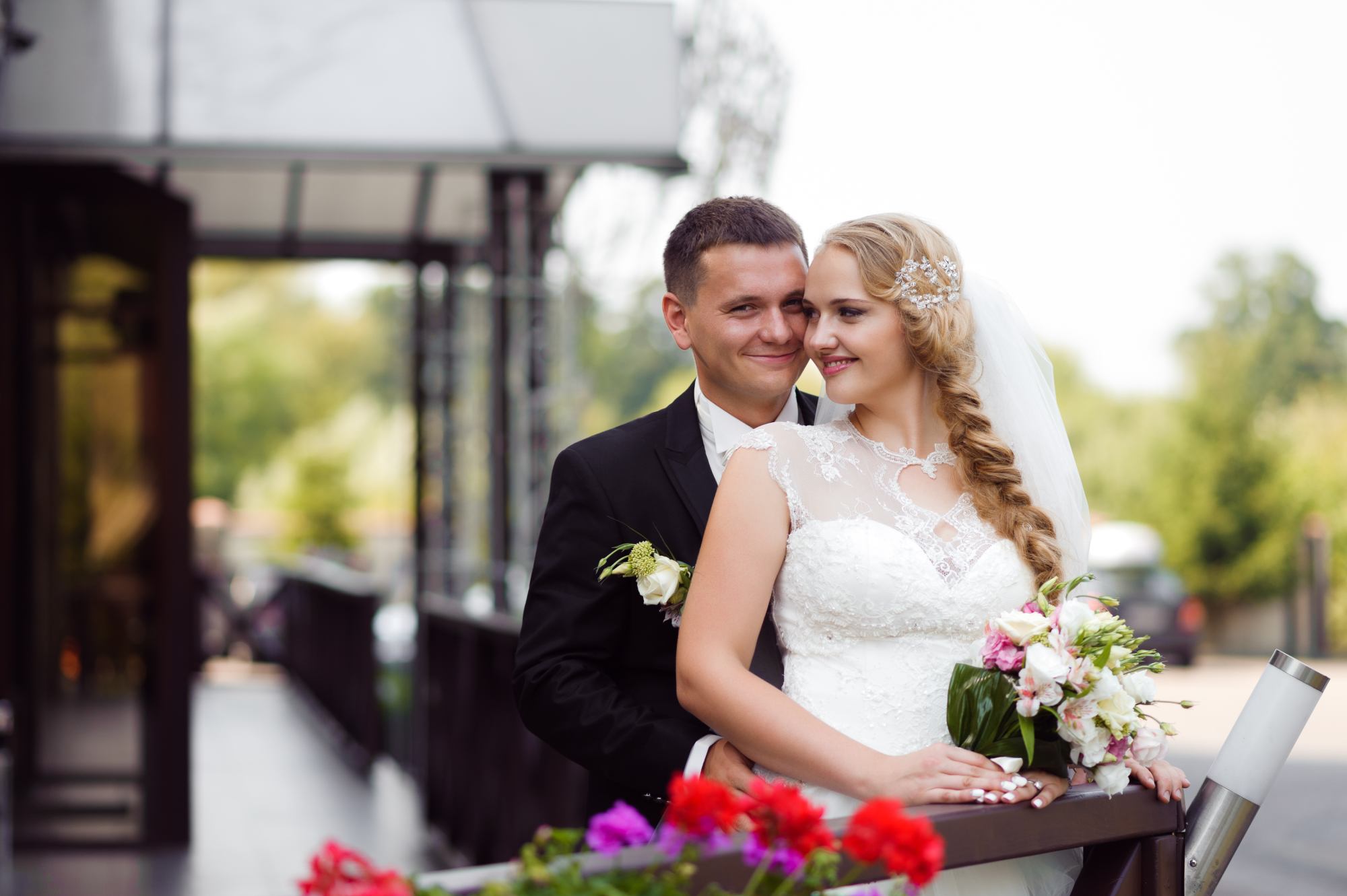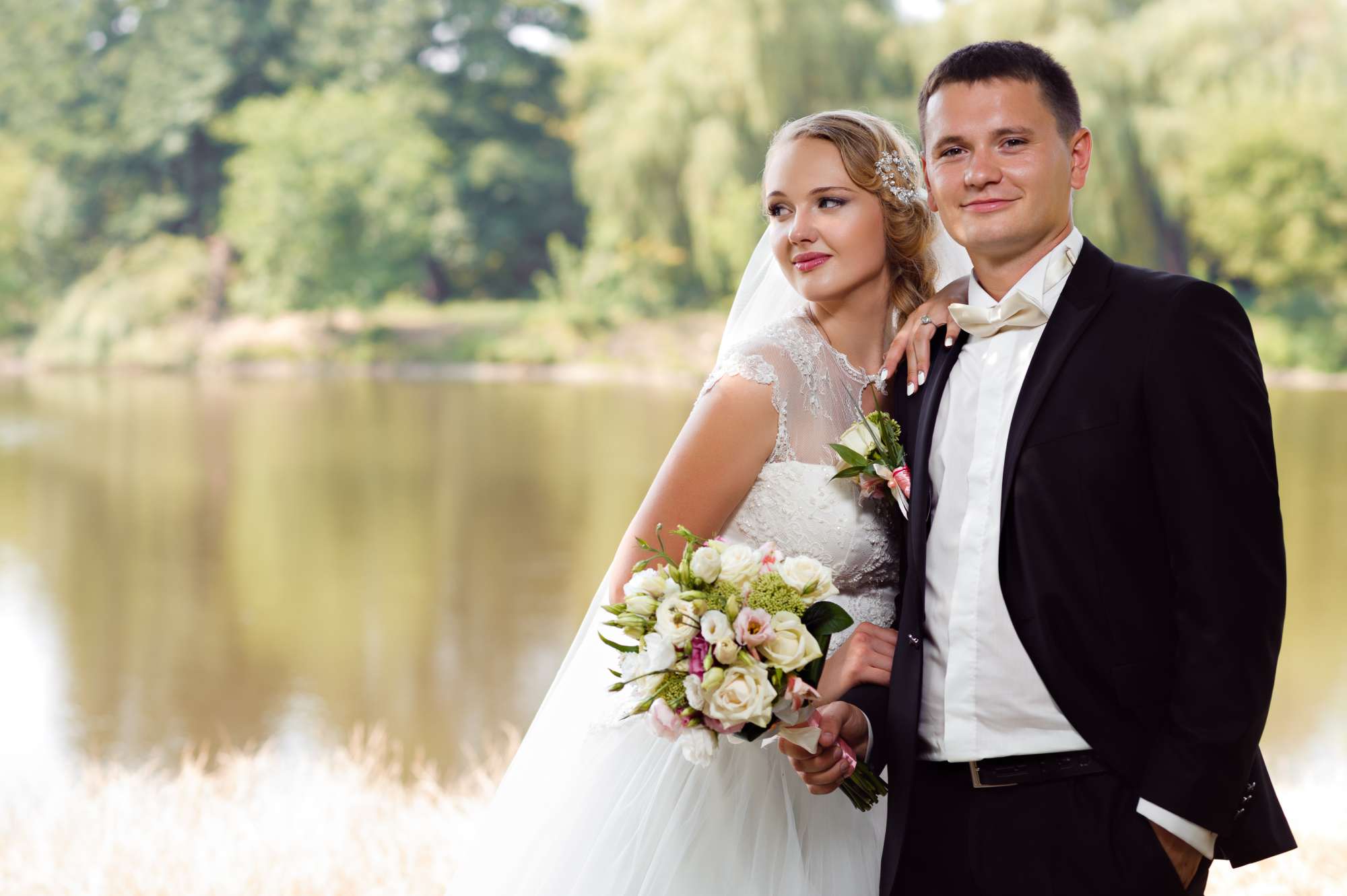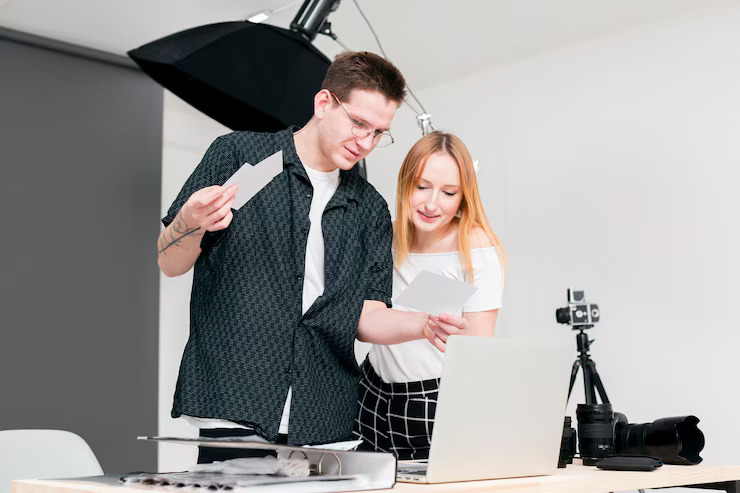In the age of cinematic wedding films, the role of the video editor has evolved from simply documenting events to crafting rich, emotionally compelling stories. Storytelling in wedding videos isn't just about sequencing clips—it's about guiding the viewer through a deeply personal journey. It’s about distilling hours of footage into a narrative arc that evokes emotion, captures the essence of the couple, and resonates for a lifetime.
Professional editors who aim to move beyond basic highlight reels must develop an acute understanding of narrative flow, emotional cues, and cinematic techniques. Whether you’re an experienced filmmaker or a growing wedding video editor, mastering storytelling elements can elevate your work from good to unforgettable.
For those seeking support with post-production, tools like professional video editing solutions from NoBackLog offer scalable, high-quality services that help editors focus on creativity while outsourcing the technical.
Why Storytelling Matters in Wedding Videos
At its core, storytelling in wedding films is about emotional connection. Couples don’t just want a chronological replay of their wedding day—they want a memory that feels alive. A well-told story makes the viewer feel the excitement of the vows, the tenderness of a father’s speech, the warmth of a shared glance. It gives meaning to moments, tying together fragments into a cohesive and heartfelt narrative.
Benefits of Strong Storytelling:
- Deepens viewer emotional engagement
- Enhances client satisfaction and referrals
- Increases perceived production value
- Builds editor reputation and brand identity
Let’s dive into the specific techniques that can help you create truly emotional wedding films that stand the test of time.
Understanding Narrative Structures
Just like a feature film or novel, a wedding video benefits from clear structure. Consider using established narrative structures to guide your editing process:
Common Structures:
- Chronological: Follows the day from start to finish. Classic and easy to follow.
- Non-linear: Starts with a climactic moment, then cuts back to earlier events (ideal for trailers or teasers).
- Thematic: Organises footage around key emotions or moments—e.g., love, joy, family.
By mapping your footage against these structures, you create a roadmap that ensures consistency and flow, keeping the audience engaged throughout.
Interview Integration: Adding Authentic Voice
One of the most powerful storytelling techniques is interview integration. This could include:
- Pre-wedding interviews with the couple
- Voice clips from vows or letters
- Snippets from speeches or toasts
These elements humanise the video and create a narrative spine. The couple’s own words offer insight into their story, their quirks, and their love journey.
Be strategic in editing interviews—layer them under relevant visuals or use them to drive transitions between scenes.
Music Synchronization: Emotion Through Sound
Music isn’t just background noise—it’s a storytelling pillar. Music synchronization is critical for emotional impact.
Best Practices:
- Match musical tone to emotional beats (soft piano for intimate moments, upbeat tracks for reception)
- Sync transitions with rhythm for visual cohesion
- Use instrumental tracks under dialogue to avoid distraction
You can use platforms like Musicbed or Artlist to find licensed tracks that match your client’s personality and story. The music should guide the viewer emotionally without overpowering the narrative.
Pacing and Timing: Controlling the Emotional Flow
Pacing and timing shape the viewer’s experience. A slow-motion clip during the bride’s entrance builds anticipation. A quick-cut dance montage energises the story.
Pacing Techniques:
- Use slow pacing for romantic, emotional scenes
- Speed up during parties or candid guest moments
- Allow breathing room after major beats (e.g., vows, speeches) to let emotions settle
Mastering pacing is a game of rhythm—knowing when to push forward and when to hold still. It’s not just about tempo but emotional absorption.
Editing Sequences: Crafting the Visual Journey
Sequencing is more than stringing together events—it's about shaping perception. Expert editors know how to build editing sequences that evoke tension, nostalgia, or joy.
Tips:
- Start with establishing shots: venue, weather, details
Layer B-roll for transitions and visual texture - Parallel storylines (e.g., bride and groom getting ready) add contrast and anticipation
Even seemingly small decisions—like cutting from a laugh to a tear—can shift emotional tone and add complexity to the story.
To manage large projects efficiently, consider using a professional video editing service in the USA to support turnaround and maintain storytelling quality at scale.
Emotional Arcs: The Soul of the Film
Emotional arcs give wedding films their heart. A successful arc takes the viewer on an emotional journey: anticipation → climax → resolution.
Emotional Beats to Highlight:
- Pre-wedding nerves
- First look or ceremony reveal
- Tearful vows
- Joyful celebration
- Serene goodbye or next chapter hint
Emotion should evolve naturally. Avoid stacking all emotional moments together—spread them out to maintain rhythm and depth.
Voiceovers and Vows: Narrative Anchors
Voiceovers, whether scripted or sourced from real vows, act as a narrative compass. They reveal intent, vulnerability, and storytelling subtext.
Integration Ideas:
- Overlay voiceovers on childhood photos or quiet moments
- Use them to introduce segments (e.g., “The moment I saw you…” before first look)
- Balance voiceovers with music and ambient audio for realism
Treat voiceovers as internal dialogue—they add layers to the visual experience.
Visual Motifs: Repetition with Purpose
Motifs are visual elements that recur to create cohesion and symbolism. In wedding videos, visual motifs might include:
- Holding hands
- Specific colours (e.g., white florals, warm light)
- Objects (rings, heirlooms, letters)
These repeated elements subconsciously tie the story together and make it more memorable. They also reflect the couple’s unique style or cultural elements.
Highlight Reels: Condensing Emotion into Minutes
Highlight reels are often the most-shared wedding deliverables. They should reflect the core emotional experience of the day in 3–5 minutes.
Highlight Reel Tips:
- Lead with strong emotional moments
- Include 1–2 key voice clips
- End with a high note (e.g., kiss, fireworks, laughter)
Don’t overload highlight reels with footage. Curate for emotion and storytelling, not just visuals.
To serve clients globally with consistent quality, services like wedding video editing in the UK can assist editors in meeting high standards across regions and timelines.
Client Narratives: Tailoring Stories for Each Couple
Finally, the most important element in storytelling is the client’s unique narrative. No two weddings—or love stories—are alike. Editors should begin by understanding:
- How the couple met
- Their shared values
- The tone they want (romantic, fun, cinematic, etc.)
Use questionnaires, consultations, and pre-event interviews to gather this intel. Let it shape your visual and emotional decisions during post-production.
Conclusion: Mastering the Storyteller’s Craft
Crafting emotional wedding films is both an art and a science. It demands technical finesse, narrative instinct, and emotional sensitivity. Whether you’re editing in-house or scaling through professionals, storytelling is what transforms footage into legacy.
Ready to elevate your wedding edits? Partner with experienced editors through NoBackLog’s contact page to streamline your workflow and focus on your creative vision.
FAQs: Storytelling in Wedding Video Editing
Q1: How long should a wedding video be for effective storytelling?
A full wedding film is typically 10–30 minutes, with highlight reels lasting 3–5 minutes. Prioritise emotion and story over runtime.
Q2: What’s the best way to choose music for wedding videos?
Select tracks that match the couple’s personality and the film’s emotional arc. Use licensed libraries and consider instrumental versions for scenes with dialogue.
Q3: Can I use the same structure for every wedding video?
While templates help, avoid rigid formulas. Let each couple’s story guide your structure for a more personalised and emotionally resonant result.
Q4: How do I keep viewers engaged throughout the video?
Vary pacing, include emotional beats, integrate voiceovers or interviews, and ensure visual diversity. Editing sequences and transitions play a key role.
Q5: What tools or services can help streamline my editing process?
Platforms like NoBackLog offer professional support for editors needing help with volume, turnaround time, or stylistic consistency.



